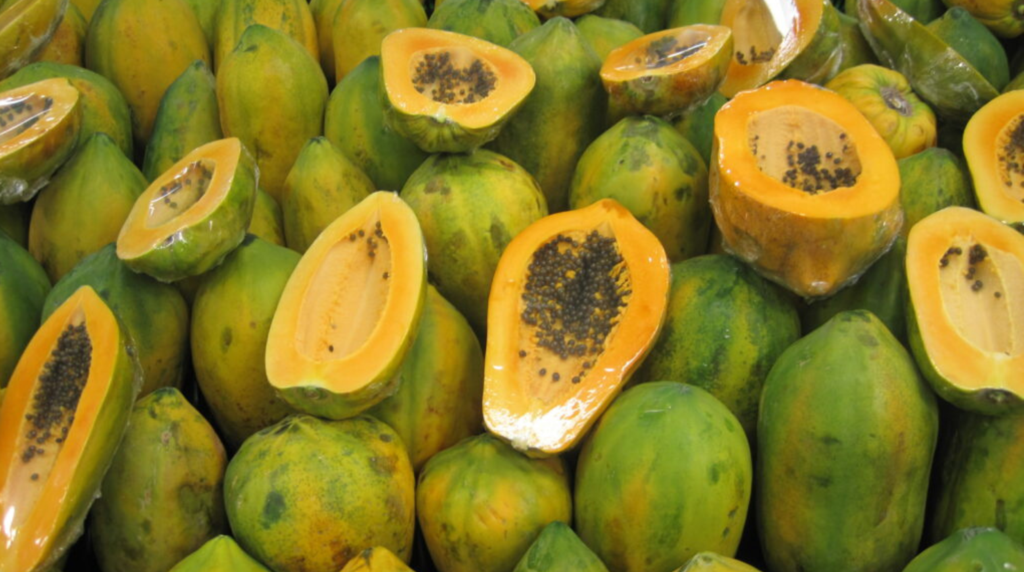Most read blogs of 2024
As 2024 comes to a close, we’ve tallied the numbers to reveal the most read blogs on the PlantwisePlus Blog this year—plus a few firm favourites! Our most read blogs cover crop pest guides, digital tools, and biocontrols for invasive species, highlighting the impactful work we do with smallholder farmers, policymakers, and communities. Did any…
Chilli black thrips outbreak: supporting Indian farmers to protect crops sustainably
Outbreaks of Thrips parvispinus, commonly known as chilli black thrips or Southeast Asian thrips, are causing challenges for smallholder farmers in India. These tiny, dark-coloured invasive pests are responsible for considerable economic losses, particularly for growers who rely on chilli crops as a primary source of income. Chilli black thrips are notorious for their aggressive…
Types of biological control: augmentative, conservation and classical
Biological control, also called biocontrol or bioprotection, is a method of pest control using other organisms, natural enemies, pathogens, semiochemicals and natural substances. Unlike some other methods of control in agriculture, bioprotection often has little to no side effects.
Ask the tutor Q&A: Certificates in Advanced Studies in Integrated Crop Management
In this blog, Manfred Grossrieder, Integrated Crop Management Advisor for CABI, answers questions about the Certificates in Advanced Studies in Integrated Crop Management courses.
Pesticide risk reduction can contribute to food safety – here’s how
To mark World Food Safety Day on 7 June, with the theme of the year “Food safety: prepare for the unexpected“ we take a look at the ways in which the PlantwisePlus pesticide risk reduction pathway can contribute to safer food production.










